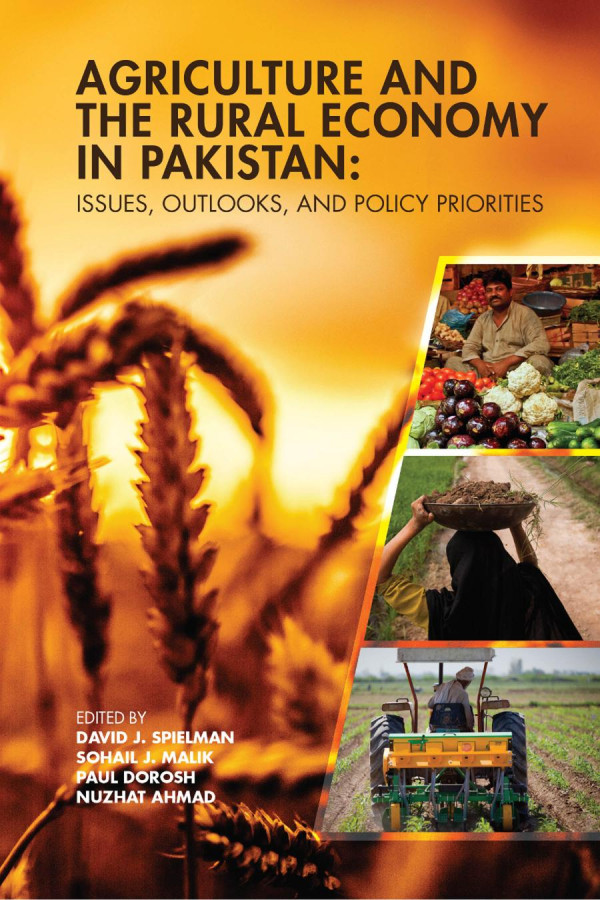

Most ebook files are in PDF format, so you can easily read them using various software such as Foxit Reader or directly on the Google Chrome browser.
Some ebook files are released by publishers in other formats such as .awz, .mobi, .epub, .fb2, etc. You may need to install specific software to read these formats on mobile/PC, such as Calibre.
Please read the tutorial at this link. https://ebooknice.com/page/post?id=faq
We offer FREE conversion to the popular formats you request; however, this may take some time. Therefore, right after payment, please email us, and we will try to provide the service as quickly as possible.
For some exceptional file formats or broken links (if any), please refrain from opening any disputes. Instead, email us first, and we will try to assist within a maximum of 6 hours.
EbookNice Team

Status:
Available4.5
10 reviews
ISBN 13: 9780812294217
Author: David J Spielman, Sohail J Malik, Paul Dorosh Nuzhat Ahmad
Historically, agriculture has been crucial to Pakistan's economic growth and development and remains so even today. The sector employs almost half of the country's labor force, supplies key inputs to the country's manufacturing sector, generates a significant share of export earnings, and nourishes a rapidly growing population. Further, beyond agriculture is the wider rural economy, including nonfarm economic activities such as small enterprises, transport services, village retail shops, local schools, and clinics, all of which account for an estimated 40 to 57 percent of total rural household income. Given the importance of these rural activities, the slow growth of agriculture in recent years—averaging just 2.8 percent during the period 2010-2014—should be a source of concern for Pakistan. Can the country's agricultural sector and rural economy once again play a significant role in growth and development? Can it contribute to poverty reduction? Agriculture and the Rural Economy in Pakistan: Issues, Outlooks, and Policy Priorities seeks to answer these questions by examining the performance of both agriculture and the rural economy. The authors identify several measures that can promote agricultural productivity growth as well as wider economic and social development. These include increasing the efficiency of water use in the Indus river basin irrigation system, especially in the face of climate change; reforming policies and regulations that govern markets for agricultural inputs and commodities; and improving the provision of rural public services for health, education, women's empowerment, and community development. The analyses and conclusions in Agriculture and the Rural Economy in Pakistan will be of use to policy makers, development specialists, and others concerned with Pakistan's development. Contributors: Madiha Afzal, Nuzhat Ahmad, Faryal Ahmed, Mubarik Ali, Shujat Ali, Elena Briones Alonso, Hira Channa, Stephen Davies, Paul Dorosh, Gisselle Gajate Garrido, Arthur Gueneau, Madeeha Hameed, Brian Holtemeyer, Huma Khan, Katrina Kosec, Mehrab Malek, Sohail J. Malik, Shuaib Malik, Amina Mehmood, Dawit Mekonnen, Hina Nazli, Sara Rafi, Muhammad Ahsan Rana, Abdul Wajid Rana, Danielle Resnick, Khalid Riaz, Abdul Salam, Emily Schmidt, Asma Shahzad, David J. Spielman, James Thurlow, Ahmad Waqas, Edward Whitney, Fatima Zaidi.
5 agriculture facts
ebooks on agriculture
macroeconomics in agriculture
farming in pakistan pdf
online agriculture books
Tags: David J Spielman, Sohail J Malik, Paul Dorosh Nuzhat Ahmad, Agriculture, Rural